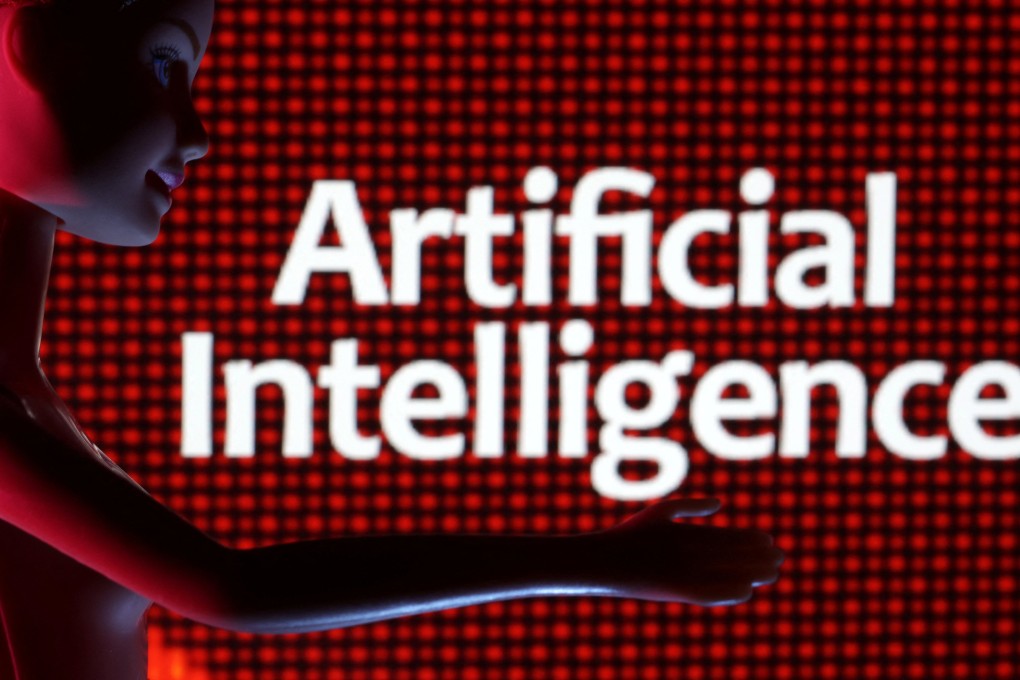Advertisement
Opinion | The genie is out of the bottle: time for the world to agree on AI guardrails
- Generative AI is quickly changing our world but we still have a small window to ensure its development is aligned with our shared interests and values
Reading Time:3 minutes
Why you can trust SCMP
1

In recent months, the development of artificial intelligence has accelerated considerably, with generative AI systems such as ChatGPT and Midjourney rapidly transforming a wide range of professional activities and creative processes. The window of opportunity to guide the development of this powerful technology in ways that minimise the risks and maximise the benefits is closing fast.
AI-based capabilities exist along a continuum, with generative AI systems such as GPT-4 (the latest version of ChatGPT) falling within the most advanced category. Given that such systems hold the greatest promise and can lead to the most treacherous pitfalls, they merit particularly close scrutiny by public and private stakeholders.
Virtually all technological advances have had both positive and negative effects on society. On one hand, they have bolstered economic productivity and income growth, expanded access to information and communication technologies, extended human lifespans and improved overall well-being.
On the other hand, they have led to worker displacement, wage stagnation, greater inequality and an increasing concentration of resources among individuals and corporations.
AI is no different. Generative AI systems open up abundant opportunities in areas such as product design, content creation, drug discovery and healthcare, personalised education and energy optimisation. At the same time, they may prove highly disruptive, and even harmful, to our economies and societies.
The risks already posed by advanced AI, and those that are reasonably foreseeable, are considerable. Beyond the widespread reorientation of labour markets, large-language-model systems can increase the spread of disinformation and perpetuate harmful biases.
Advertisement

